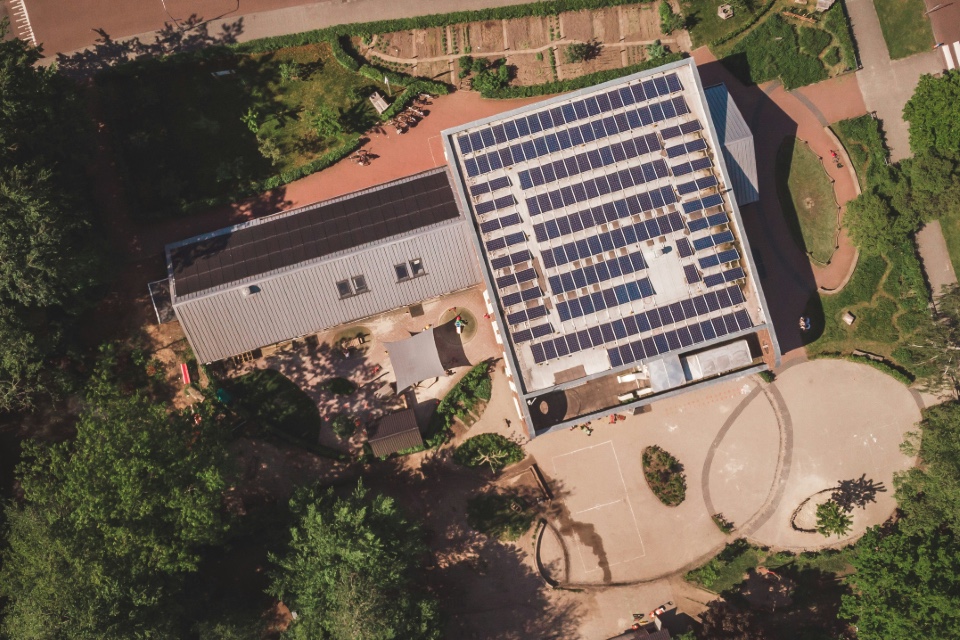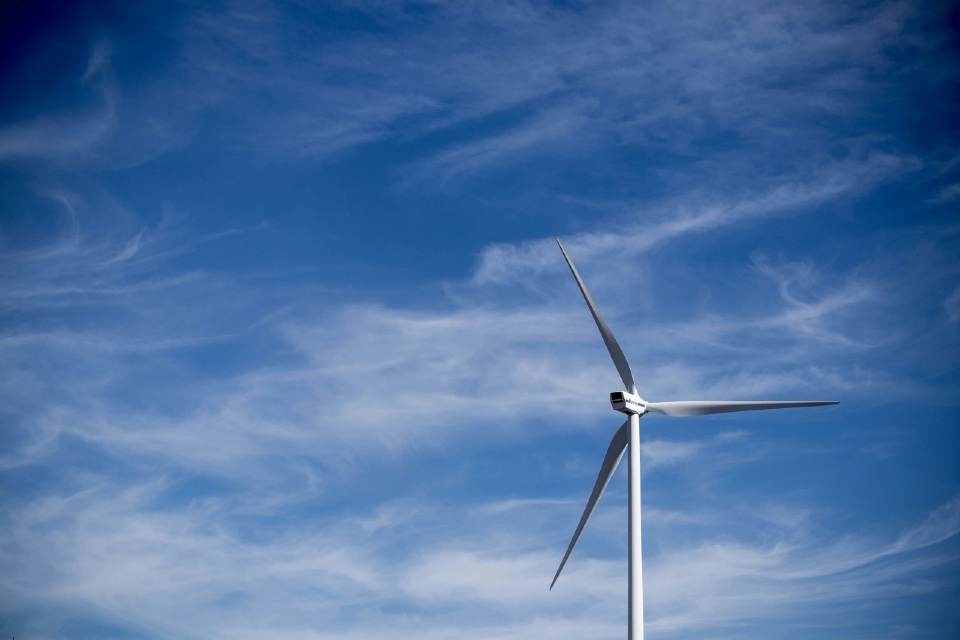On-site renewable energy solutions have gained significant traction in the UK’s private and public sectors. As organisations strive to meet net-zero carbon targets, reduce energy costs, and enhance energy security, adopting renewable technologies has become a strategic priority. Here are the biggest trends shaping the on-site renewable energy landscape, including requirements, technologies, costs, and future outlook…
1. Solar PV Systems and Battery Storage Integration
Solar photovoltaic (PV) systems remain the most widely adopted on-site renewable energy solution. Recent advances in panel efficiency and cost reductions have made solar a viable option for organisations of all sizes. Additionally, the integration of battery storage systems allows facilities to store excess solar energy for use during peak demand or at night, reducing reliance on the grid.
Battery storage systems are particularly appealing in sectors like healthcare and manufacturing, where uninterrupted power supply is critical. Although initial capital investment can be high, government incentives like the Smart Export Guarantee (SEG) and long-term energy savings provide a strong return on investment (ROI).
2. Heat Pumps and Geothermal Energy
The adoption of air-source and ground-source heat pumps is growing in both public and private sectors. These systems offer energy-efficient heating and cooling by transferring heat rather than generating it, making them ideal for retrofitting buildings or new developments aiming to reduce fossil fuel dependency.
Geothermal energy solutions are also gaining popularity for larger facilities, such as campuses or industrial parks, where consistent heating and cooling demand justifies the higher upfront costs.
3. Wind Turbines for Larger Sites
For organisations with sufficient land or located in high-wind areas, on-site wind turbines provide a cost-effective and reliable renewable energy source. While less common in urban environments, wind energy is increasingly used in rural facilities, industrial parks, and large public-sector campuses.
Innovations in smaller, modular turbines are also making wind energy more accessible to medium-sized sites, expanding its appeal beyond large-scale operations.
4. Sustainability and Carbon Reduction Goals
On-site renewables align with regulatory and market demands for sustainability. Meeting UK net-zero targets and adhering to ESG (Environmental, Social, and Governance) standards are driving organisations to invest in renewable infrastructure. Businesses benefit from reduced energy costs, lower carbon footprints, and enhanced reputations with customers and stakeholders.
Outlook: Smart Grids and AI Integration
The future of on-site renewables lies in smart grid technology and AI-driven energy management. These innovations will optimise energy generation, storage, and distribution, ensuring maximum efficiency and cost savings.
Conclusion
By embracing advanced renewable technologies, integrating battery storage, and aligning with sustainability goals, senior energy management professionals can future-proof their organisations against rising energy costs and regulatory pressures. The outlook for on-site renewables is bright, offering a path toward energy independence and environmental stewardship.
Are you searching for On-Site Renewable Energy solutions for your Organisation? The Energy Management Summit can help!
Photo by Remco Guijs on Unsplash




